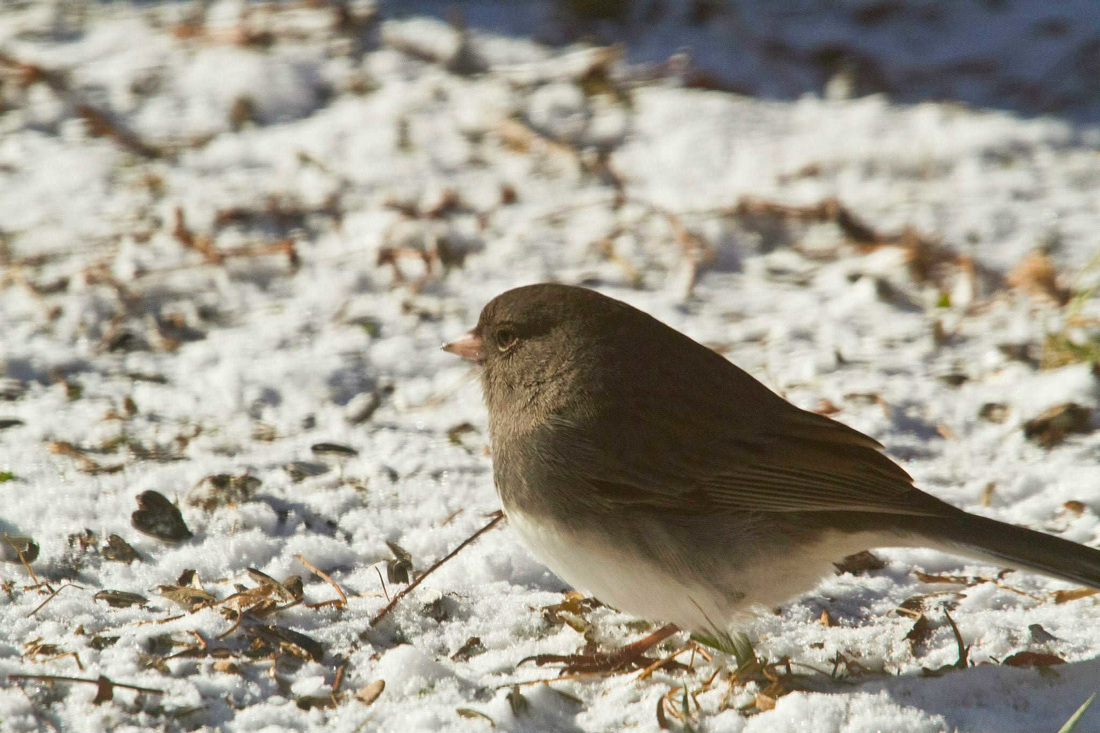Are you considering birding? Perhaps you’ve heard that birding is a great way to enjoy the outdoors, to be closer to nature. Or maybe a friend has been regaling you with the myriad birds they have seen. Or maybe the cute feathery friends at your feeder piqué your interest. Whatever the reason, you’ve just become a birder. Welcome to the club!
I’ve been a birder just about all of my life. As a child, I would read “Ranger Rick,” a children’s magazine published by the National Wildlife Federation. In one issue there was a suggestion to try ‘watching a tree’ – to study it every day and note what was happening in and around it. I remember that I focused on two trees, a cherry and a mulberry. I may not have watched them every day, but I did pay attention on a regular basis. I have the distinct memory of watching a male cardinal singing, first in the cherry tree and then in the mulberry. I was fascinated at the way he sat on a branch, tilted his head, beak to the sky, and chortled out PERTY-PERTY-PERTY over and over again.

In my first apartment in Farmingdale, New York, I hung a bird feeder outside my living room window. I studied the finches — were they house finches or purple finches? With a pair of cheap binoculars I spent hours parked near Long Island Sound, watching and identifying the shore birds, always mesmerized by their interesting behaviors.
This is the kind of birding — what bird diva Bridget Butler calls ‘slow birding’- that accommodates both beginners and more seasoned birders. This mindful birding is not about racking up numbers for your life list. It is about connecting with your subject, taking time to really see, hear, and experience each bird. In this approach, pigeons, starlings and crows all count as worthy subjects. Any and all birds are a wonder to watch and listen to.
To get started, it is helpful to acquire decent binoculars. Plan on spending about $200. Look for a quality pair of 8×42 binoculars. The 8 tells you the magnification is 8x. You might be tempted to get a higher magnification. Don’t. It is very hard to hold your hands steady enough to appreciate the added magnification. The 42 tells you the objective lens diameter. A smaller diameter will compromise the amount of light collected by the device; larger, and the binoculars become unwieldy. Now practice with them. Look off at a branch, somewhere a bird might be. Keep your eye on the spot as your raise the binoculars and focus. With repeated trials, you will master finding the exact thing you want to observe. Starting with fixed objects will hone your skill.
The next level is to find a moving object, perhaps a bird! Now study that bird as it goes about its business. What kinds of plants does it visit? What is it eating? What color is its bill? What posture does it take when it sings? What other noises does it make? The object here is that you do not have to make this another challenge in your life. There are no steps to achieve, no lists to make, no reasons for stress. The joy is in mindfully watching nature.
To get more out of your sightings, try a birding guide. The Merlin app from Cornell Lab or Ornithology is free. It provides pictures of birds, the range they are found in, information about their life cycles, and the sounds they make. You can even record a bird or take its picture, and it will identify it for you! To keep track of your discoveries, try the ebird app also from the Lab of Ornithology. With ebird, you can share your sightings with others and find good birding locations around the world. Both of these apps are easy to learn. (There are tutorials.) For those who prefer print resources, I recommend “The Sibley Guide to Birds” and “The Sibley Guide to Bird Life and Behavior,” both by David Allen Sibley.
Spring is a perfect time to start your birding adventure. The birds will be singing, nesting, and raising young soon. Take a few moments to observe their antics, and you’ll be richly rewarded. Happy birding!
